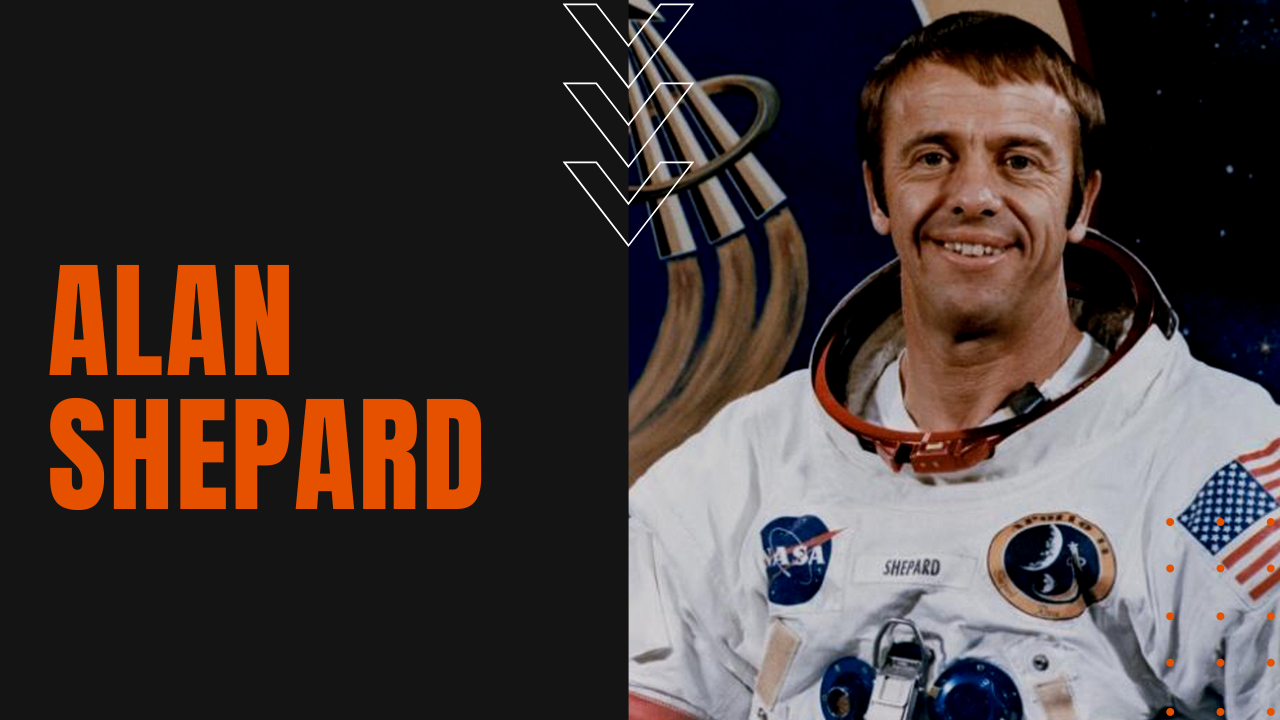Alan Shepard: First American in Space

A graduate of the Naval Academy at Annapolis, Alan Shepard saw action in the navy during World War Two, becoming a naval aviator in 1946 and a test pilot in 1950. Selected as one of the original Mercury Seven astronauts in 1959, Shepard proved to be the definition of the right stuff when he piloted his Mercury-Redstone 3 rocket into space on May 5th, 1961.
Before ascending up to the capsule, Shepard paused to admire his massive rocket, later recalling that he suddenly realized he would never see the beast again.
Flight delays rolled on for more than four hours until he finally asked for a bathroom break. Denied by the flight director, Shepard was encouraged by ground personnel to simply let it go. He later recalled that he was completely dry by liftoff due to the wicking nature of his cotton undergarments and the capsule’s environment of 100% oxygen.
Named Freedom 7 by Shepard himself, his 15-minute flight would take him 150 miles up into space, where he was able to fully control the pitch, roll and yaw of his spacecraft.
Upon his return to earth, Shepard became an instant national celebrity, flying into space a mere three weeks after Soviet cosmonaut Yuri Gagarin became the first man in space.
Designated as the commander of the first crewed Gemini flight, he was grounded in 1963 due to Meniere’s disease, an inner-ear condition that causes extreme bouts of dizziness and nausea. After the ailment was surgically corrected in 1969, Shepard commanded Apollo 14, becoming the fifth and oldest man to walk on the moon.
Golfing on the Moon
One of the crew had smuggled the head of a six-iron in one of their utility pockets, and when Shepard attached the head to a shaft-like piece of the lunar lander, he took four one-handed swings on the moon due to the restrictive nature of his spacesuit.
While the record for the longest golf shot on earth is held by Mike Austin at 515 yards, when Shepard finally connected on his final shot, it is estimated that the ball traveled upwards of one mile or 1,760 yards through the moon’s reduced gravitational pull. On the moon, anyway, we’re gonna need a bigger course.
